Why choose SpreadJS?
Contains template designer
With the Excel-like SpreadJS designer, you can easily design templates, saving time and effort in application development. No coding is required, and people in various industries can design interfaces through Excel software, then easily import them into the designer or SpreadJS to reuse the templates.
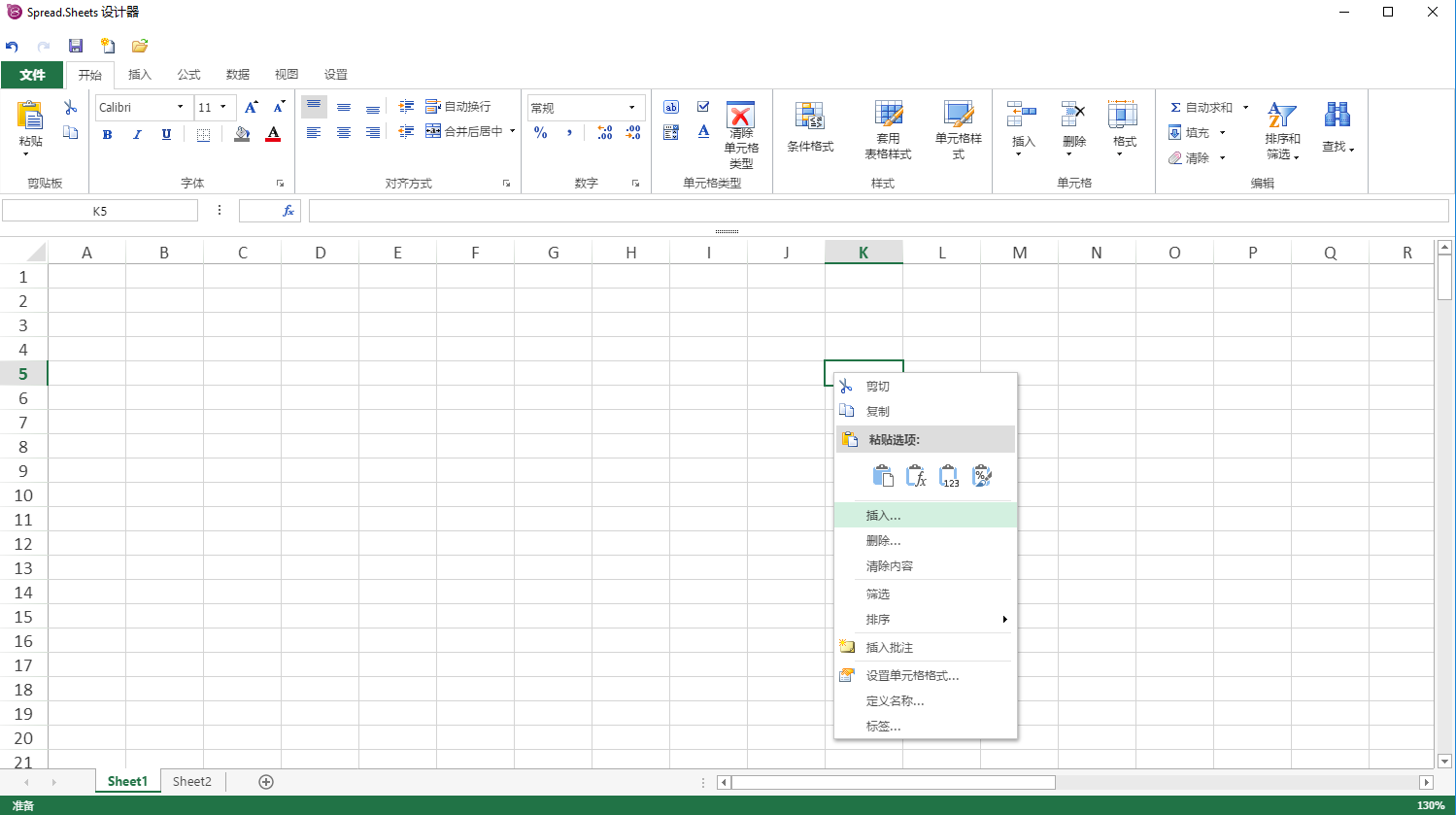
Rich data interactions and appearances
You can customize the look and feel at the row, column, and cell levels by configuring colors, borders, fonts, and table layout elements. In addition, SpreadJS provides Excel-style theme support, allowing you to create an Excel-style interface that is familiar to users.
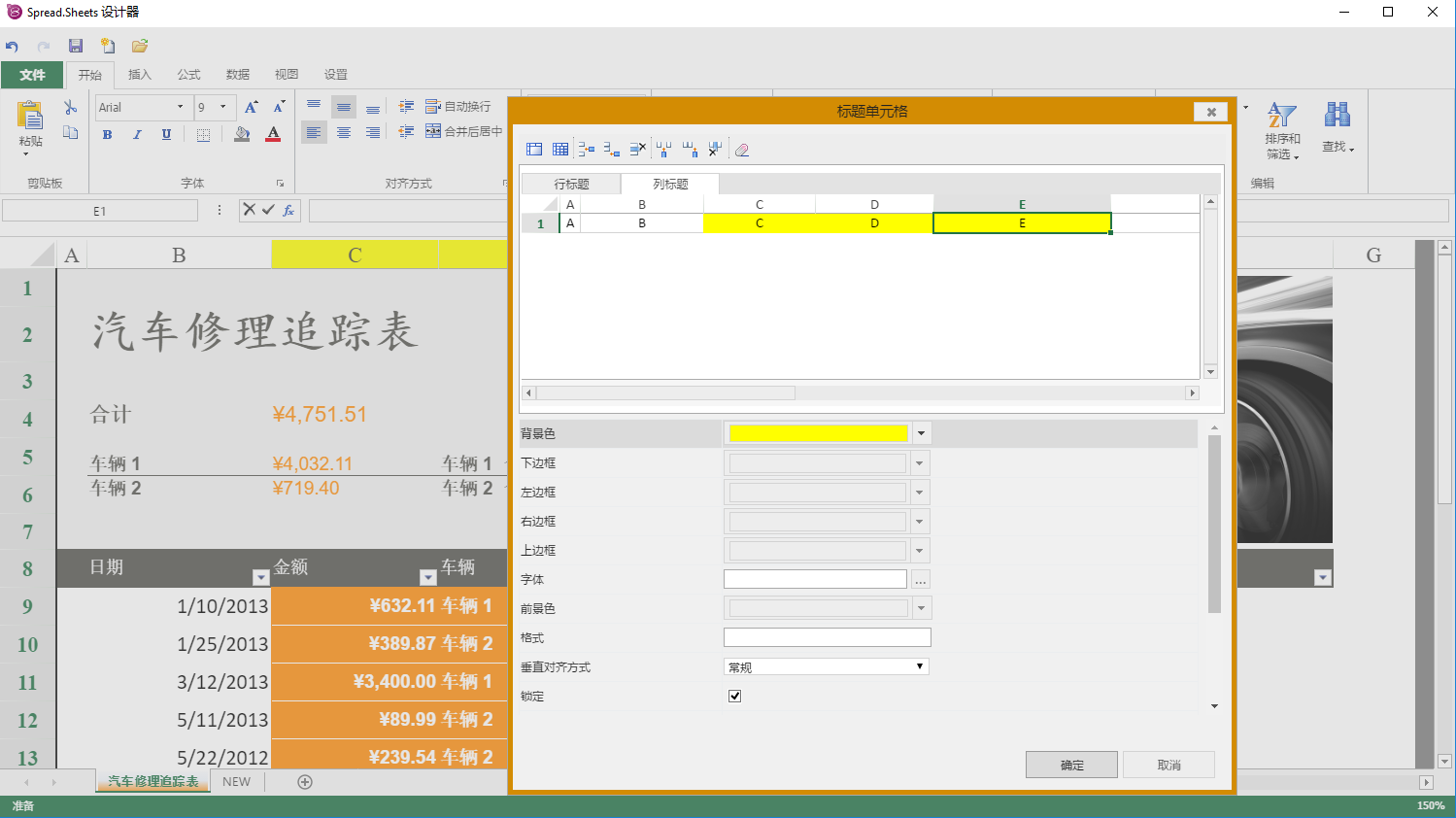
Data, display, visualization and analysis support
Display, visualize, and analyze your data exactly as you imagined it. You can use SpreadJS to identify data trends, filter out-of-bounds values, and understand the data clearly and easily through graphs. SpreadJS data visualization support includes:
- Support multiple worksheets
- Support sparklines
- conditional formatting
- Excel style grouping
- Support Excel style dialog box filtering
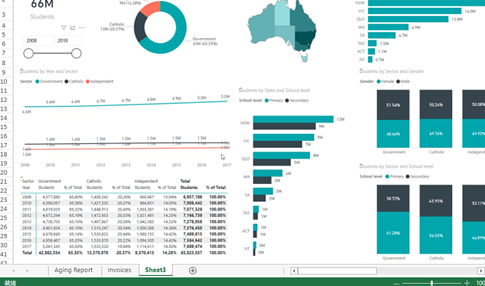
Powerful calculation engine
SpreadJS includes powerful Excel-compatible formulas, data aggregation, support for over 320 functions, cross-table referencing, and support for custom names.

Sheet and cell level data binding
SpreadJS can be used like a grid, binding an entire worksheet to a data source. You can also bind individual cells to display the style you want. Both of the above bindings support two-way binding, so you can also use SpreadJS to create entry forms.
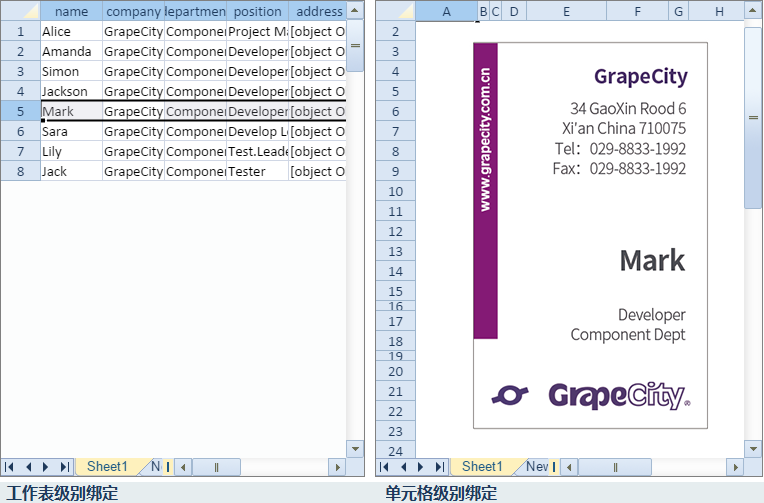
Data validation
Validation of the data in the cell occurs when the cell leaves edit mode. SpreadJS provides many built-in rules that make it faster and easier to create data validation conditions and display red circles on cells with incorrect values.
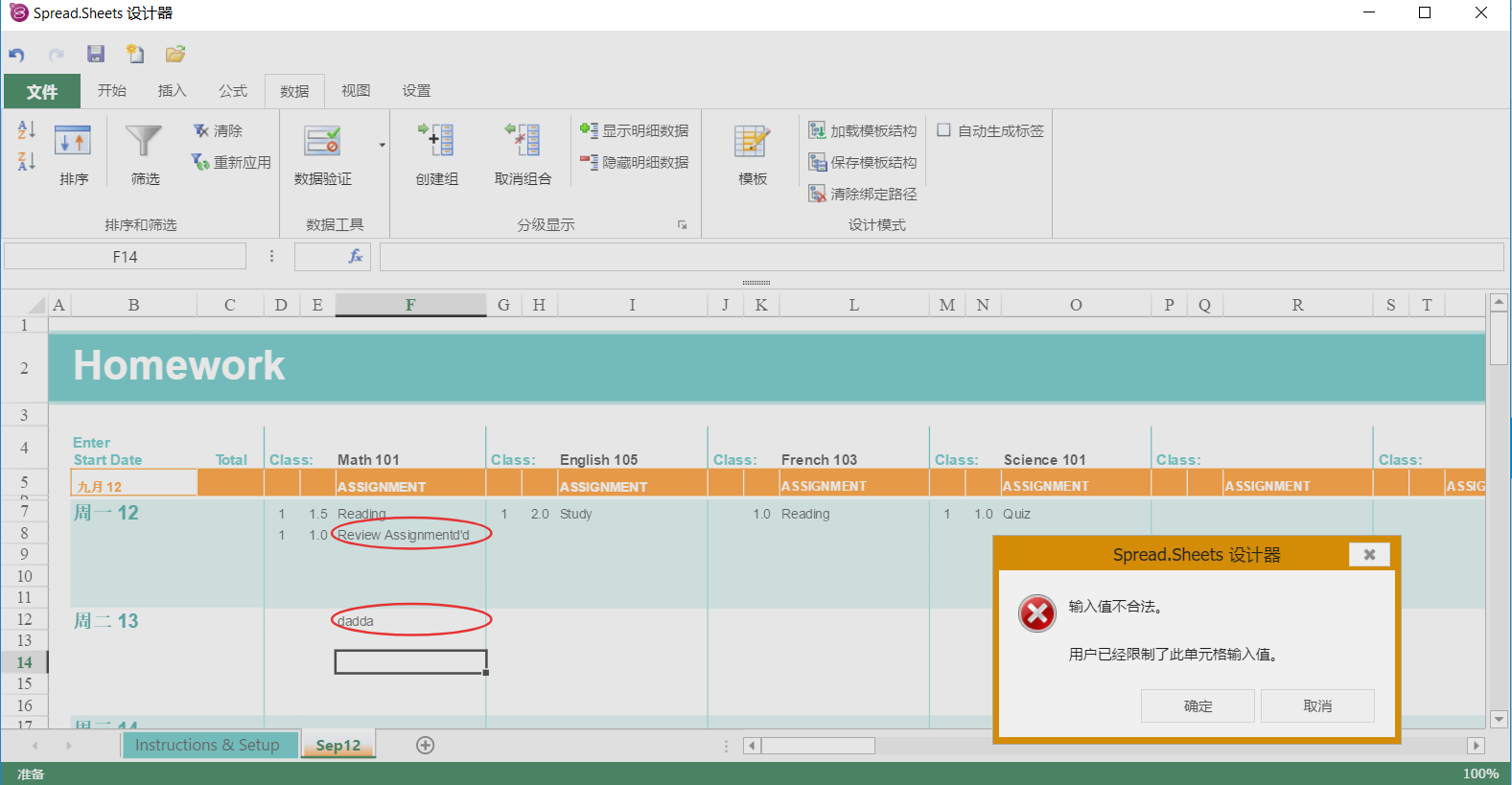
cell type
The cell type determines how users interact with the cell. It includes how to enter data, display data and validate data. The cell type defines the editor and formatter that handles how to parse the data, and the renderer that handles how to present the data. Cell types can be set to individual cells, columns, rows, a group of cells, or the entire table. When bound to a data source, the cell type is automatically set based on the data type. Of course, you can also specify custom cell types.

Data operations
SpreadJS's data operations design worksheets into Excel-like user interface behaviors, including: drag-to-fill, drag-to-release, Excel-style filtering, row/column freezing and resizing.

High speed, low consumption
SpreadJS is a pure JavaScript control based on HTML5 technology. SpreadJS can draw all content on the canvas in the form of pixels, but it is not a synthesis of HTML DOM elements. Compared with other ordinary data tables, SpreadJS provides higher rendering performance and faster interface operations (such as selection and scrolling). In addition, SpreadJS quickly manipulates data through an efficient data model, which allows you to smoothly load and manipulate massive data.


































Useful
Useful
Useful